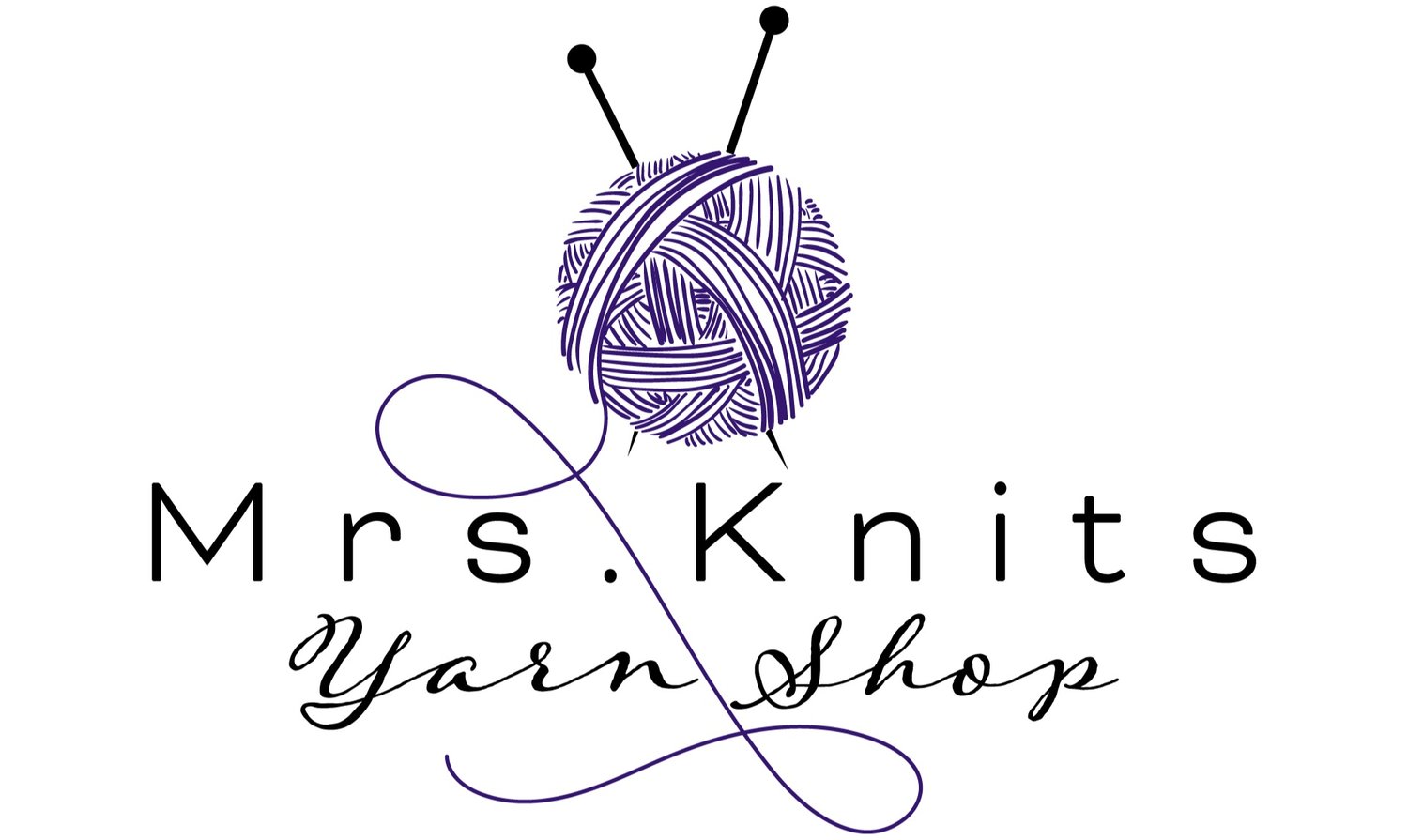Eisaku Noro is an iconic Japanese Fiber Artist. For many years he has taken his aesthetic from the "Colors of Nature". Earth, Ocean, and Sky have the hues that mark his colorful creations. He takes seemingly unrelated colors like a pink into green and then a shock of charcoal that one would find strange to combine. Yet it works. The vision is to take the eye from the bottom of the ocean to the tip of a mountain into the sky. So, the emergence of ocean colors of blue and purple with the majestic charcoal to cloudy skies have a certain vibe that works.
His fibers were ecologically friendly decades before it was in vogue. All animal fibers that are used in the yarns come from certified organic farms, from international sources such as Australia, the Falkland Islands and South Africa. The Noro family is personally involved with inspecting all aspects of production, from visiting the animal farms to checking the machinery used and keeping restrictions on the dye processes to maintain products that are as eco-friendly as possible. He says "Friction, rubbing and heat during processing weaken the fibers in direct proportion to the length of time they are processed. By dramatically shortening this process, we are preventing damage to the enzymes in the fibers and simultaneously profiting the environment.
Noro's color palate is consistent amongst all his fibers. Some of his most popular lines are created from the natural palates and are blended into merino-silk-cashmere and mohair textures that are elegantly self-striping.
The knitter can either control the striping by alternating balls of yarn or work free-form out of one ball and allowing the colors to appear randomly creating "pools" of colors that blend into unexpected surprises. Mrs. Knits like to pool the colors because the joy of "surprise" keeps her knitting just one more row to see the pink pop into a charcoal and the hand of thick vs thin textures that float across her needles with glee.
As the original fiber artist Eisaku Noro puts it:
"If I make wool yarn, I use various lengths and thicknesses of wool fibers to try to reproduce the nature of sheep itself in our yarn: such as unevenness and coarseness. These natural states are intentionally left by using human hands and old machinery so that natural fibers are not over processed. All of this is so knitters can feel nature more closely when knitting with Noro yarns.
“Impurities in the raw materials are carefully removed by hand without the use of chemical treatment which is not good for the fibers or the environment. We also aim to reproduce the colors of nature in our yarns: leaves for example, all look green, but in reality they come in countless variations of green. By mixing colors we can give our yarns more natural feeling colors reminiscent of oceans, mountains, flowers, trees and so on."


